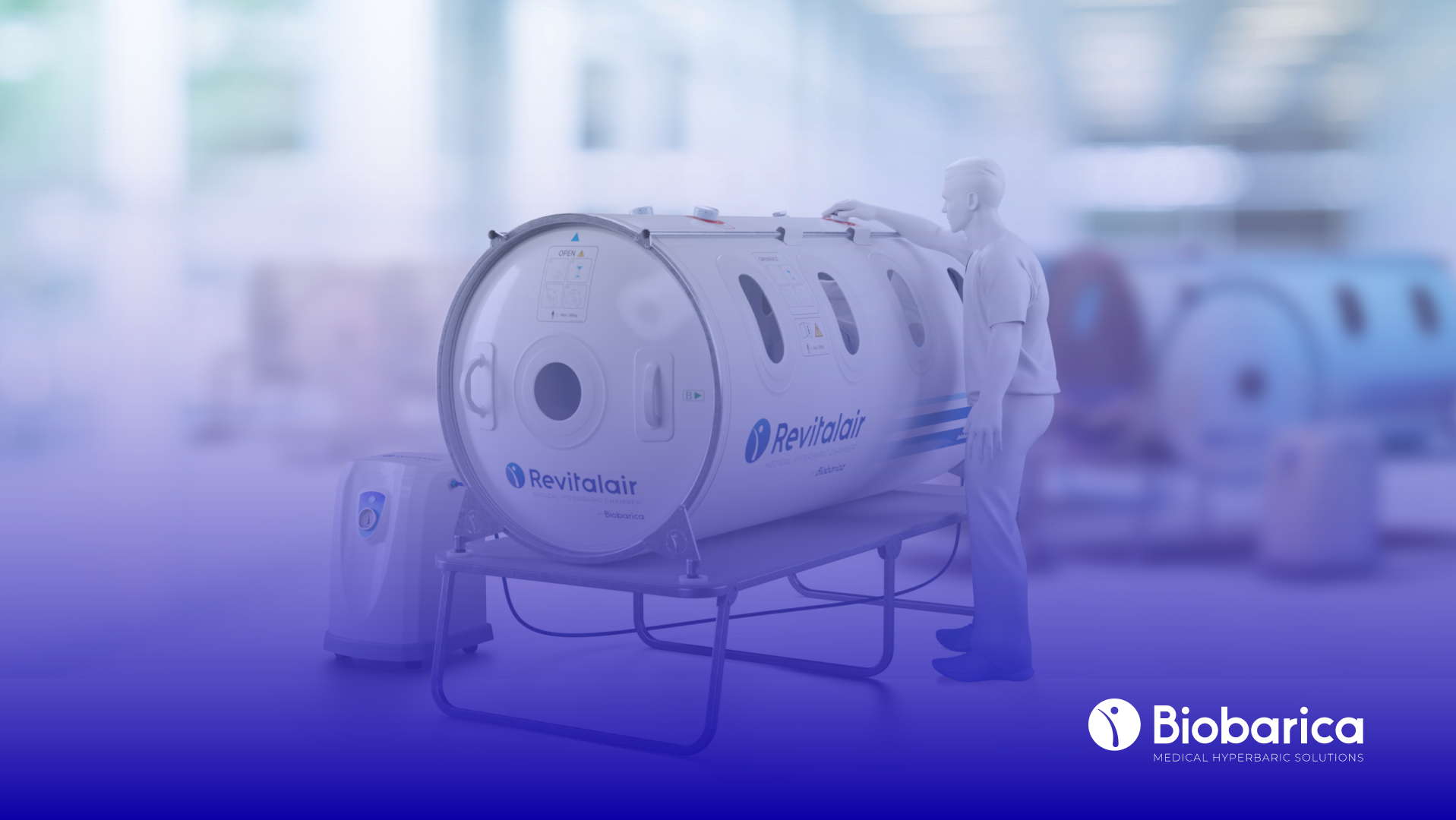June 29, 2023
1m 52s
Share:
Hyperbaric medicine, backed by decades of research and clinical application, has proven to be a cutting-edge therapeutic approach in the treatment of various acute and chronic conditions. This therapy is based on the principle of administering oxygen to the patient within a hyperbaric chamber, where the increased oxygen levels generate strong hyperoxia that triggers various beneficial physiological effects in the body. One crucial aspect of implementing this therapy is evaluating its safety and potential associated adverse effects. In this regard, researchers from the medical team at Biobarica Chile conducted a prospective cohort study to analyze the safety of hyperbaric oxygenation therapy (HBOT) at 1.45 ATA in patients with different underlying conditions.
Led by Monge-Martinez and colleagues, the study aimed to compare reported adverse effects at the same pressure and at higher pressures. Adverse effects associated with HBOT include otic/sinus barotrauma, claustrophobia, hypoglycemia, oxygen toxicity, pneumothorax, seizures, and breathing difficulties. While treatment at pressures lower than 3 ATA is considered safe, most published safety studies have focused on pressures above 2 ATA, where the middle ear, cranial sinus, and dental barotrauma are the most common adverse effects.
Given the lack of active surveillance studies at pressures below 2 ATA, the research team set out to study adverse effects using a Revitalair 430 chamber at 1.45 ATA in patients with various pathologies. A prospective cohort study was conducted, including 175 patients who received hyperbaric oxygen for the treatment of conditions such as osteoarthritis, fibromyalgia, and wounds, among others.
The results of this study revealed that 7.1% of patients experienced adverse effects, with middle ear barotrauma being the most common. However, it is essential to note that all cases of barotrauma were subjective, and no cases of objective barotrauma were observed. Additionally, all reported adverse events were minor in nature and self-limiting.
Regarding claustrophobia, two patients experienced feelings of discomfort during treatment. However, thanks to the design of the hyperbaric chamber, which features 10 windows for increased visibility and constant ventilation, as well as a system of quick-opening and closing valves that patients can easily manipulate if needed, both patients were able to complete the treatment without difficulties. No signs of neurological or pulmonary toxicity due to hyperoxia were recorded.
In summary, this prospective safety surveillance study of HBOT at 1.45 ATA demonstrated minor adverse effects, with no cases of objective barotrauma. These findings support the conclusion that hyperbaric oxygenation therapy at this pressure is a safe treatment. The study conducted by the team at Biobarica Chile contributes to advancing the understanding of the safety of hyperbaric medicine and provides valuable information for healthcare professionals utilizing this therapy in their medical practices. Continuous evaluation of HBOT safety is essential to ensure its effectiveness and benefits in the treatment of various medical conditions.
Share:
Related
View cookie policy.


